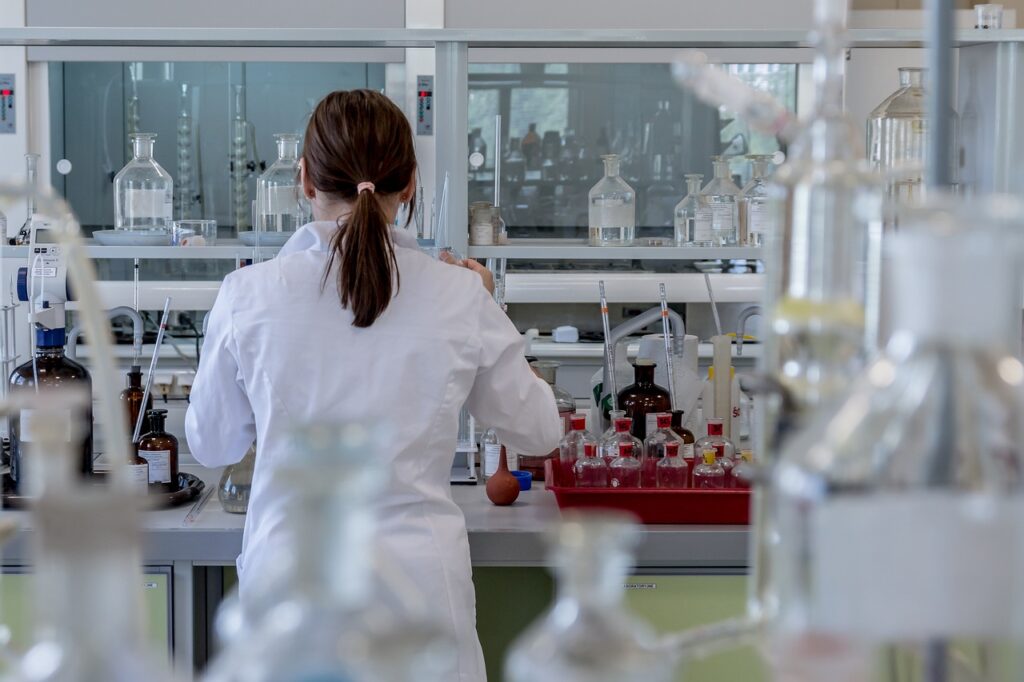A team of chemists from Yale University found a new way to combine atmospheric nitrogen with benzene to make a chemical compound called Aniline which can be further processed and used in a lot of synthetic products.
This move with nitrogen brings us one step closer to creating a range of useful products from dyes to pharmaceuticals out of thin air.
“In the long run, we hope to learn how to use the abundant nitrogen in the air as a resource for synthesizing the products needed by society,” said Yale chemistry professor Patrick Holland, senior author of the study.
A lot of attention is focused on the process of Nitrogen Fixation which uses atmospheric nitrogen to create ammonia. But there are a lot of processes, products, and materials that can use other forms of nitrogen. Finding a way to make these nitrogen compounds using atmospheric nitrogen can help us a lot.
What is the difficulty?
The activation of abundant molecules such as hydrocarbons and atmospheric nitrogen (N2) remains a challenge because these molecules are often inert. The formation of carbon-nitrogen bonds from N2 typically has required reactive organic precursors that are incompatible with the reducing conditions that promote N2 reactivity. This has prevented catalysis.
The previous attempts by other researchers to combine atmospheric nitrogen and benzene failed because they used highly reactive derivatives of benzene that would degrade before they could produce a chemical reaction with nitrogen.
Holland and his colleagues used a diketiminate-supported iron system that sequentially activated benzene and N2 to form aniline derivatives. They also treated the nitrogen with a silicon compound that allowed the nitrogen to combine with benzene.
“Fundamentally, we’re showing a new way of thinking about how to encourage nitrogen to form new bonds that may be adaptable to making other products,” Holland said.
Journal Reference:
Sean F. McWilliams et al. Coupling dinitrogen and hydrocarbons through aryl migration, Nature (2020). DOI: 10.1038/s41586-020-2565-5

